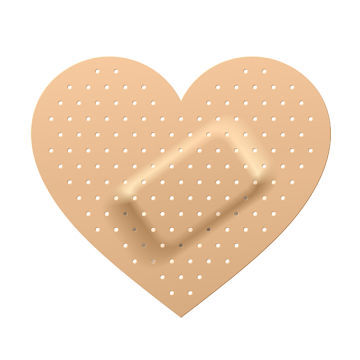The under-eye area often shows early signs of fatigue and aging, like puffiness and dark circles. UltraClear laser treatments offer a non-invasive way to improve skin tone and texture around the...
Information
Pre & Post-Treatment Instructions
Medical Dermatology
Common Medical Skin Conditions
Cosmetic Treatments
What's New
Can Sofwave Be Used on Other Areas Besides the Face?
If you've already tried the Sofwave treatment for your face, what else can it do? Can it tighten your neck, smooth your arms, or help with cellulite? The short answer is yes. At Madfes Dermatology...
How PRF Works to Reduce Under-Eye Puffiness & Dark Circles
Puffy under-eyes and dark circles can make you look tired even when well-rested. PRF (platelet-rich fibrin) is a natural, long-lasting solution that reduces puffiness and brightens the under-eye...
POST-SURGICAL WOUND CARE INSTRUCTIONS
SKIN BIOPSY
Do not remove the bandage until the next day. At that time, gently remove the bandage and clean the area with a mild soap and water. Pat the area dry. Apply a thin film ointment (bacitracin, bactroban or Aquaphor) to the area. Re-bandage as this will help keep your wound clean, moist and help prevent infection and bleeding. Change daily. Biopsies from the face normally take 5-7 days to heal, other body areas – arms, legs, back, and trunk may take 10- 14 days.
Mild discomfort and swelling can occur during the healing process. This usually happens 6-24 hours after surgery. You may take extra strength Tylenol if needed. Please note that a little redness around the wound is normal. If the skin around the wound becomes increasingly redder, swollen, hot and painful, please call the office.
Allergic reactions to the bandage/tape material and antibiotic ointments are extremely common and most often confused with infections. These reactions occur 48-72 hours after surgery and are extremely itchy, become red and may develop small blisters. Please call our office, stop the antibiotic ointment and change to plain Vaseline/Aquaphor. Additionally, use a bandage with a different material than the one you’ve been using.
Bleeding can occasionally occur from the edge of the site. If there is any bleeding, it is usually just a drop every few minutes. Apply a new bandage and pressure over it for a few minutes. This will stop the bleeding. If it doesn’t, please call the office.
EXCISIONS
After your surgery, your stitched wound will be covered and protected with thin pieces of sterile steri strips, with a thick compression dressing over it. Do not remove the bandage for the first 24 hours after surgery. For the first night, sleep with the area elevated on a pillow if possible. After 24 hours, gently remove the compression bandage and clean the area with a mild soap and water. Do not spray water directly into the wound but instead gently run water over the wound to rinse soap off. Pat the area dry. Do not remove the Steri-strips underneath the compression dressing. They will be removed at time of suture removal. Do not worry if they fall off before that time. Apply a thin film ointment (bacitracin, bactroban or Aquaphor) over the area and re-bandage. This will help keep your wound clean, moist and prevent infection and bleeding. Change daily. Biopsies from the face normally take 5-7 days to heal, other body areas – arms, legs, back, and trunk may take 10- 14 days. Keep covered until your sutures are removed.
Limit physical movement and activity to the site for two weeks. Care must be taken to not stretch the surgical site and keep sutures intact. For arms and legs, apply a loose ace bandage to the area for support.
Mild discomfort and swelling can occur during the healing process. This usually happens 6-24 hours after surgery. You may take extra strength Tylenol if needed. Please note that a little redness around the wound is normal. If the skin around the wound becomes increasingly redder, swollen, hot and painful, please call the office.
Allergic reactions to the bandage/tape material and antibiotic ointments are extremely common and most often confused with infections. These reactions occur 48-72 hours after surgery and are extremely itchy, become red and may develop small blisters. Please call our office, stop the antibiotic ointment and change to plain Vaseline/Aquaphor. Additionally, use a bandage with a different material than the one you’ve been using.
Bleeding can occasionally occur from the edge of the site. If there is any bleeding, it is usually just a drop every few minutes. Apply a new bandage and pressure over it for ten minutes. This will stop the bleeding. If it doesn’t, please call the office.
Sutures will be removed anywhere from 5-14 days. Please note that only the top sutures are removed. The deep sutures are underneath and absorbed by your body at a much later date. You will be given an appointment for suture removal before you leave the office.
If you have any questions, please call the office (212) 249-8118.


